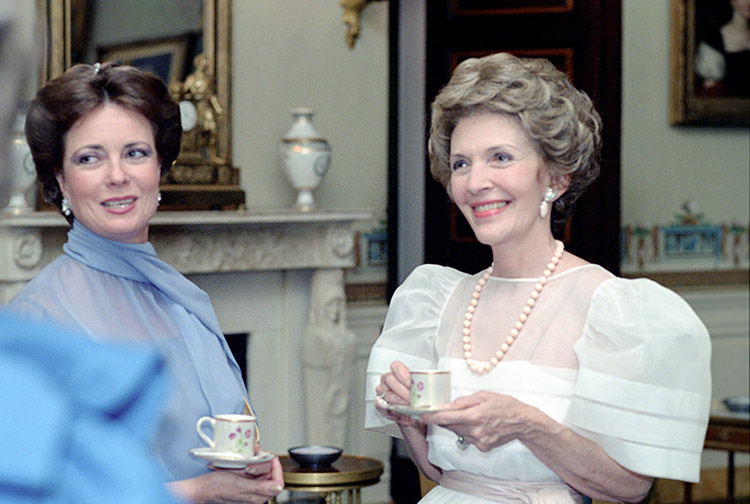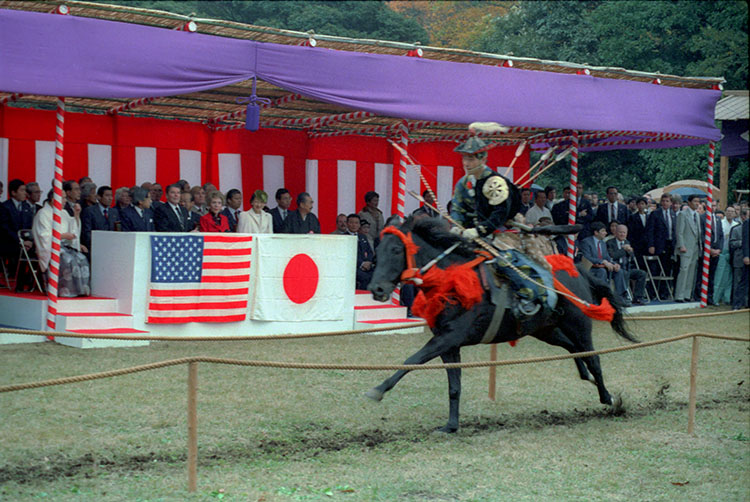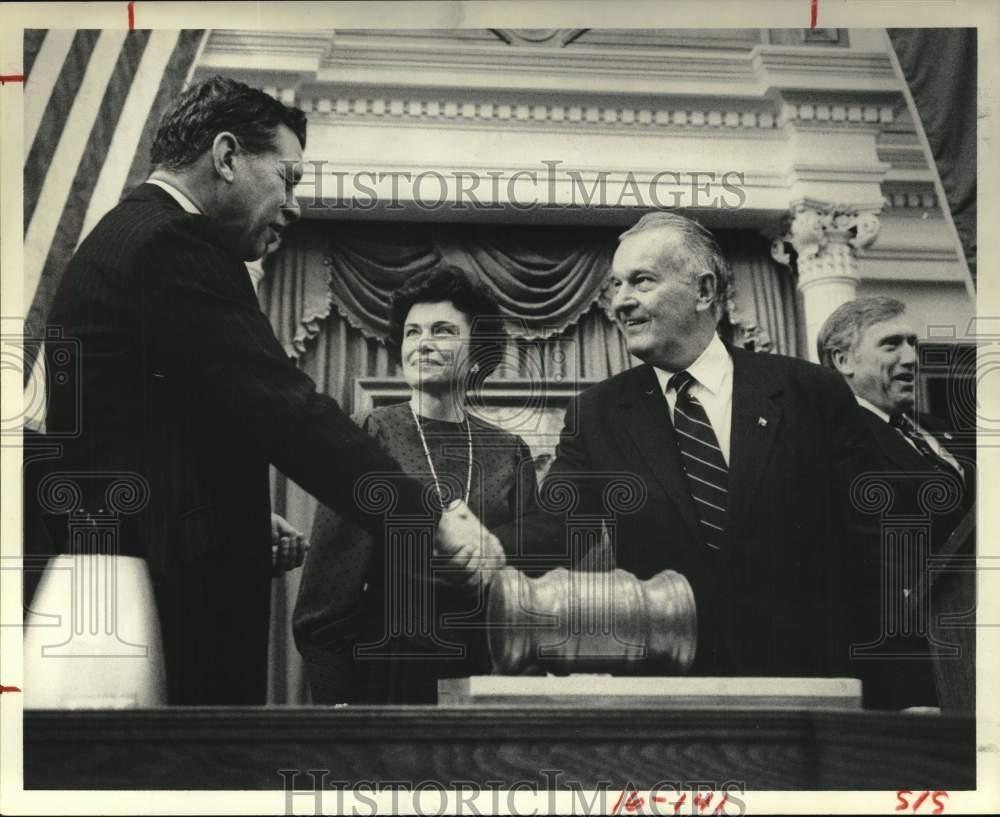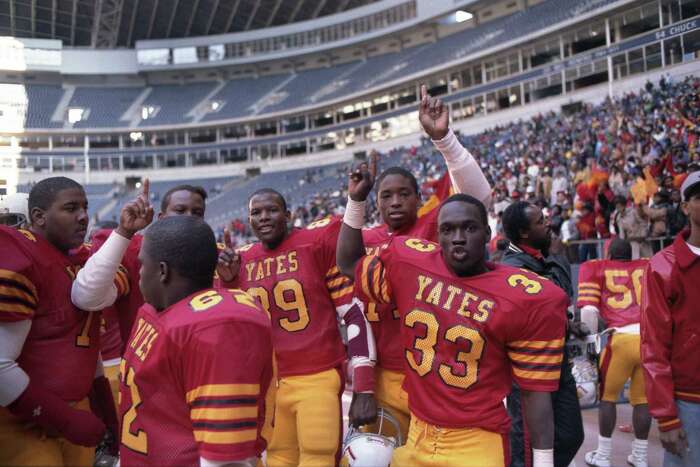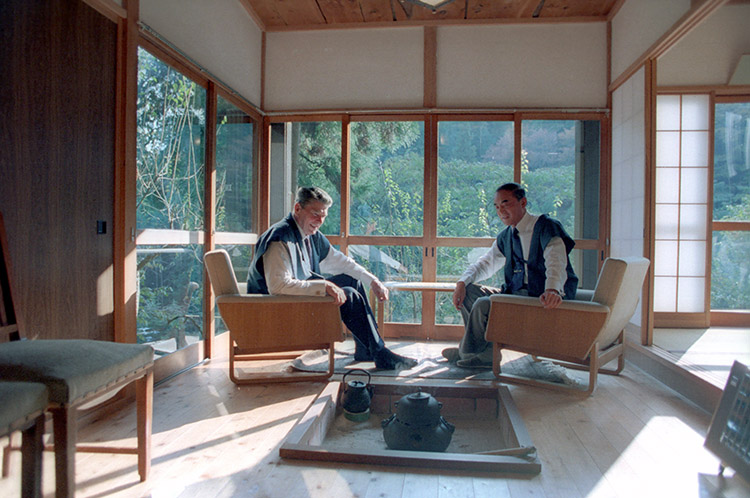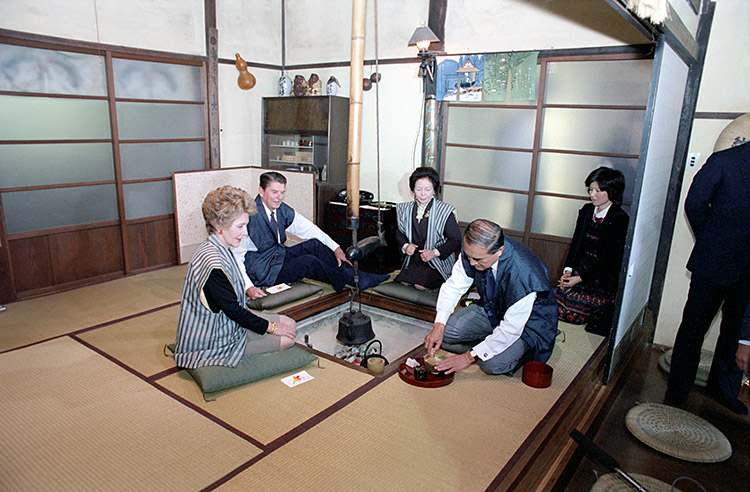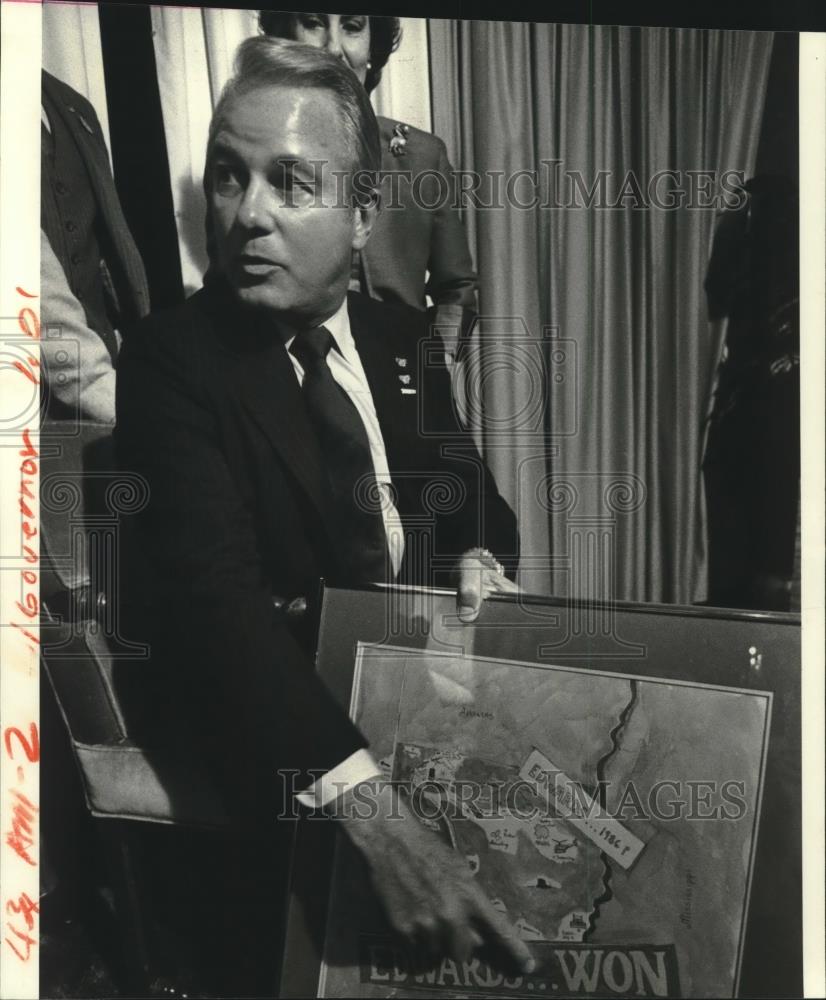Sergeant Foley
Well-known member
COMING SOON IN CHAPTER 2 OF THE 11.13.83 INCIDENT
The rise of George Herbert Walker Bush to the Presidency of the United States

The rise of George Herbert Walker Bush to the Presidency of the United States


